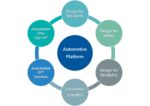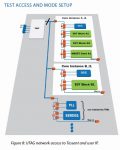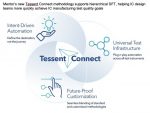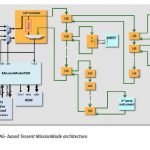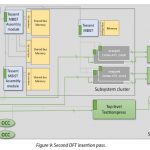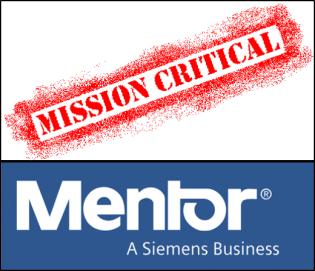Alchip Technologies, Ltd. is a company that specializes in ASIC (Application-Specific Integrated Circuit) design and manufacturing. They are known for providing high-performance and customized ASIC solutions for a variety of applications. Alchip works with clients to design and develop integrated circuits that meet specific… Read More
Tag: atpg
Tessent SSN Enables Significant Test Time Savings for SoC ATPG
SoC test challenges arise due to the complexity and diversity of the functional blocks integrated into the chip. As SoCs become more complex, it becomes increasingly difficult to access all of the functional blocks within the chip for testing. SoCs also can contain billions of transistors, making it extremely time-consuming… Read More
Getting Physical to Improve Test – White Paper
One of the most significant and oft repeated trends in EDA is the use of information from layout to help drive other parts of the design flow. This has happened with simulation and synthesis among other things. Of course, we think of test as a physical operation, but test pattern generation and sorting have been netlist based operations.… Read More
Bringing Hierarchy to DFT
Hierarchy is nearly universally used in the SoC design process to help manage complexity. Dealing with flat logical or physical designs proved unworkable decades ago. However, there were a few places in the flow where flat tools continued to be used. Mentor lead the pack in the years around 1999 in helping the industry move from … Read More
ITC shines light on new Mentor Test announcements
The 50th International Test Conference was just held in Washington DC, where papers, sessions, workshops and announcements addressing the increasing complexity and expanding use of semiconductors showed that innovations in test are crucial to design and product success. Test methodologies and even the scope of test have … Read More
Automotive Market Pushing Test Tool Capabilities
It’s easy to imagine that the main impetus for automotive electronics safety standards like ISO 26262 is the emergence of autonomous driving technology. However, even cars that do not offer this capability rely heavily on electronics for many critical systems. These include engine control, braking, crash sensors, and stability… Read More
Hierarchical RTL Based ATPG for an ARM A75 Based SOC
Two central concepts have led to the growth of our ability to manage and implement larger and larger designs: hierarchy and higher levels of abstraction. Without these two approaches the enormous designs we are seeing in SOCs would not be possible. Hierarchy in particular allows the reuse of component blocks, such as CPU cores.… Read More
How to be Smart About DFT for AI Chips
We have entered the age of AI specific processors, where specialized silicon is being produced to tackle the compute needs of AI. Whether they use GPUs, embedded programmable logic or specialized CPUs, many AI chips are based on parallel processing. This makes sense because of the parallel nature of AI computing. As a result, in… Read More
The Pain of Test Pattern Bring-up for First Silicon Debug
In the semiconductor world we have divided our engineering talent up into many adjacent disciplines and each comes with their own job titles: Design engineers, Verification engineers, DFT engineers, Test engineers. When first silicon becomes available then everyone on the team, and especially management all have a few big … Read More
Test Compression for Mission Critical SoCs
With the advent of the Internet-of-Things (IoT), Industry 4.0, Cognitive Computing, and autonomous vehicles and robots we are seeing an unprecedented number of systems-on-a-chip (SoCs) going into mission-critical applications. To accomplish the complexity of these applications, SoCs are being manufactured in leading-edge… Read More


